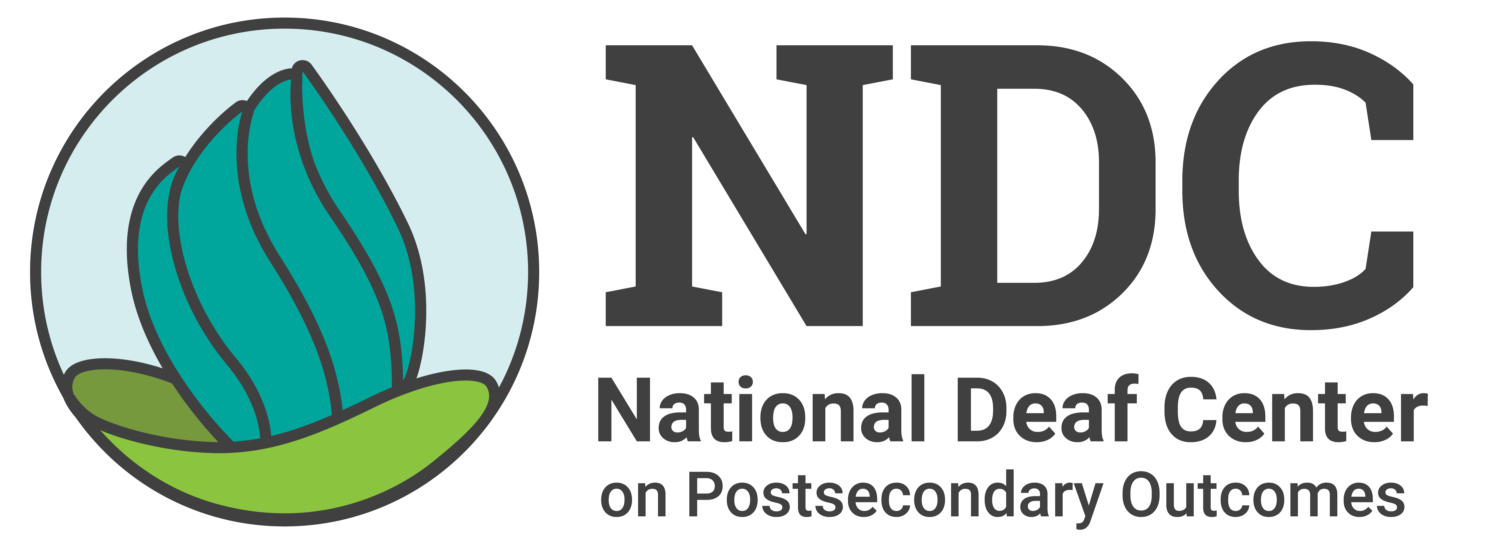Home » Resources » Deaf Awareness » 8 Strategies for Deaf Communities to Enact System Change
8 Strategies for Deaf Communities to Enact System Change
Decisions are made every day about deaf people’s lives without the involvement of deaf people. This needs to change. The lived experience and knowledge of deaf community members must guide policy changes, strategic planning, and programs that are designed to reduce barriers and increase opportunities for deaf people. Listening to community members, and letting them lead the way, is important.
This is a core value of the work we do at the National Deaf Center (NDC). NDC hosted a series of community conversations across the nation to learn more about what systemic change strategies were most important to local communities. A team of researchers at NDC analyzed data from community conversations in six cities to identify eight strategies that were most important to local communities.
For each of the eight strategies summarized here, community members suggested specific activities. How could your community implement these strategies for changing the system to increase the success of deaf people? What kind of activities would be most relevant for your community?
What Are The 8 Strategies?
1
Identify and Engage in System Change Solutions
- Recognize the types of systemic oppression that affect marginalized deaf communities.
- Transform and create tangible solutions for systems, policies, and legislation to center deaf people.
Example of how you can do it:
- Host a community town hall meeting to identify common barriers within the system
Resources to help:
2
Improve Partnerships and Resource Sharing
- Share resources to create a central hub of knowledge and activity.
- Initiate interest with diverse networks and maintain meaningful relationships.
Example of how you can do it:
- Create a shared document listing local and national resources
Resources to help:
3
Strengthen the Transition Process
- Improve transition programs in schools, including collaboration with state vocational rehabilitation agencies.
- Increase awareness of postsecondary goals and pathways to prepare plans.
Example of how you can do it:
- Connect state VR counselors and teachers of the deaf in K-12
Resources to help:
- Five Strategies for Supporting Deaf Student Interns
- Strengthening Healthcare Education and Training Programs for Deaf Students
- New Jersey Virtual Deaf Career Day Helps Deaf Students Explore Career Options
- The Idaho Food Truck Project: Where Are They Now?
- Spotlight: Maryland School for the Deaf is Creating #DeafSuccess with their Work-to-Learn Program
4
Build Communities of Support for Deaf Youth
- Create and support mentoring programs and experiences for deaf youth.
- Increase student access to peer support and relationship-building opportunities.
Example of how you can do it:
- Sponsor a monthly youth meet up gathering
Resources to help:
5
Strengthen Youth Skills
- Strengthen self-determination and independent living skills.
- Increase knowledge of legal rights and political processes.
Example of how you can do it:
- Support students as they navigate the process of filing grievances/complaints
Resources to help:
6
Support Families
- Use early and continuous outreach to families as part of central hubs.
- Enhance languages and communication at home.
Example of how you can do it:
- Develop programming specifically for deaf students that fosters language, social skills, and identity
Resources to help:
7
Improve Access to Programs and Services
- Expand access to after-school programs for deaf youth like sports, clubs, camps, and internships.
- Increase the number of educational opportunities for deaf youth and support existing projects.
Example of how you can do it:
- Improve access to online course for deaf students
Resources to help:
8
Provide Professional Development
- Provide culturally responsive training to effectively support marginalized communities.
- Educate professionals on the resources, accommodations, and technologies that deaf people need and use.
Example of how you can do it:
- Encourage professionals to participate in NDC’s online modules
Resources to help:
Recommended Citation
Garberoglio, C. L., Guerra, D. H., Sanders, G. T., & Cawthon, S. W. (2020). Community-Driven Strategies for Improving Postsecondary Outcomes of Deaf People. American Annals of the Deaf, 165(3), 369-392.





